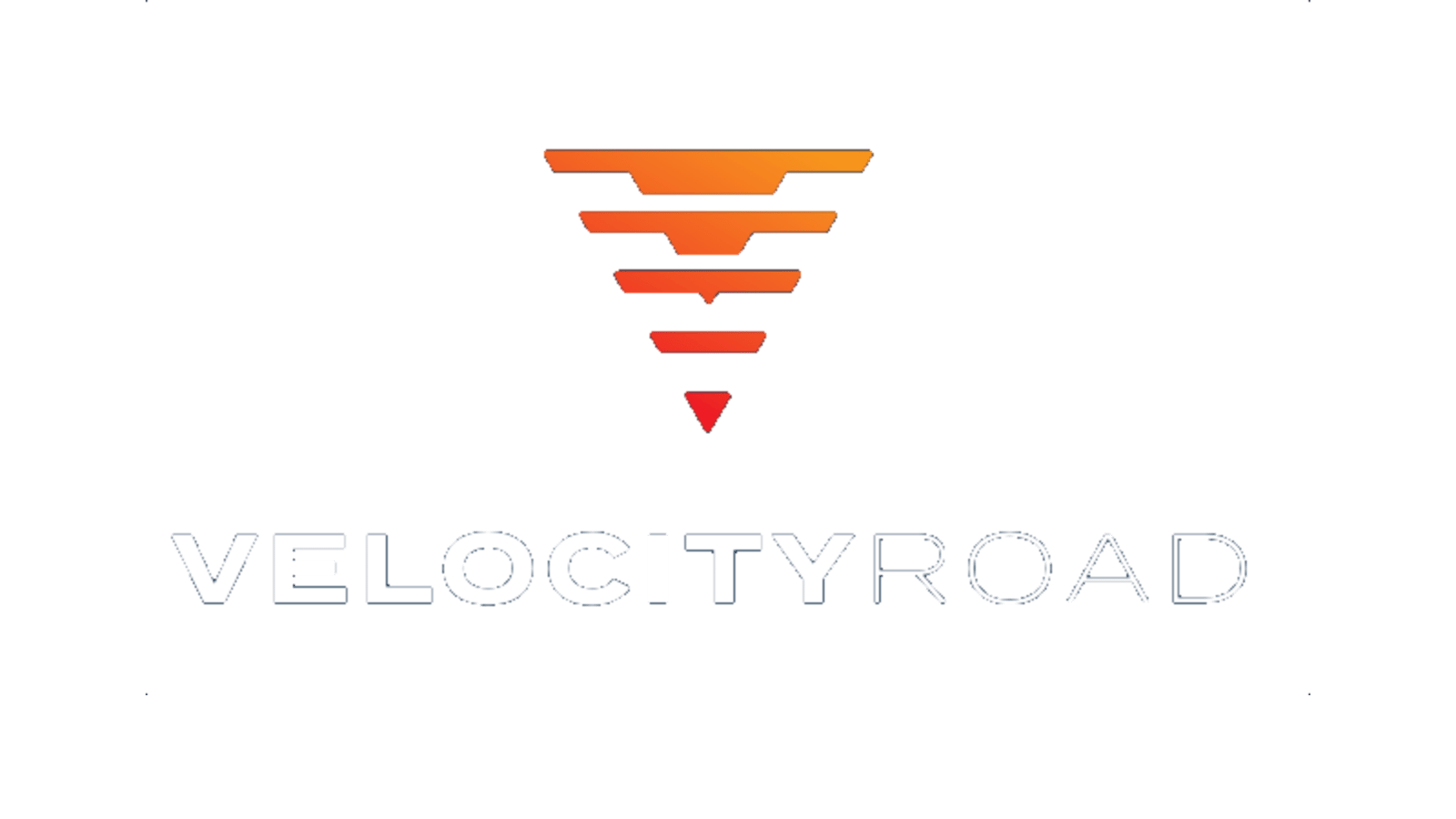AI Economics Decoded: CFOs Measure the Real Value of Enterprise Intelligence
📊 From Experiments to Economics: When AI Finally Meets the CFO
The conversation around enterprise AI just shifted from "what if" to "how much." This week's data reveals a watershed moment: 72% of business leaders now track AI returns using structured metrics, and 66% of EMEA enterprises report significant productivity gains. After years of exploratory spending and pilot purgatory, AI is crossing the threshold from innovation theater to operational reality.
But here's where it gets interesting. The organizations seeing returns aren't just deploying smarter tools—they're fundamentally redesigning how work happens. Nearly a quarter credit AI with transforming their business models, while a third are redesigning value streams around AI rather than simply automating existing steps. Meanwhile, ServiceNow's AI Control Tower saw deal volume quadruple quarter-over-quarter, signaling that enterprises have moved past the "deploy everything" phase into the "govern and measure" era.
The gap between winners and wishful thinkers is widening fast. Those measuring returns are pulling ahead. Those still treating AI as an R&D project are falling behind. The question is no longer whether AI delivers value—it's whether your organization is structured to capture it.
Let's dive in.

🎯 The Accountability Era: AI Moves From Innovation Budget to P&L

After years of experimental spending justified by FOMO, AI is finally facing the same scrutiny as every other business investment. The shift is unmistakable: organizations are pivoting from "let's try everything" to "show me the returns."
According to Wharton research, 72% of business leaders now have structured processes for tracking AI investments using metrics like productivity, profitability, and throughput. Three out of four evaluating their generative AI investments report positive returns so far. More tellingly, 88% of leaders expect to increase AI spending next year, with 62% anticipating double-digit growth—but only if the business case holds.
This represents a fundamental maturation. Functions with established metrics cultures—HR and finance—are leading the charge, and the trend is spreading across enterprises. As Wharton notes, 2026 could mark the turning point where AI shifts from "accountable acceleration to performance at scale."
Across the Atlantic, the story is similar. IBM's study of 3,500 EMEA executives found that 66% report significant operational productivity improvements, with 41% anticipating returns on AI investments in under a year. But the gains aren't evenly distributed: 72% of large enterprises report productivity gains compared with just 55% of SMEs.
The companies seeing real returns share a common pattern. They're not just implementing AI—they're redesigning operations around it. One-third are accelerating innovation timelines, another third are shifting from periodic planning cycles to continuous AI-driven decision-making, and 32% are redesigning value streams around AI rather than automating legacy processes.
The bottom line: The era of "let's experiment and see what happens" is over. The winners are those who can connect AI capabilities to business outcomes, measure what matters, and scale what works. Accountability isn't killing innovation—it's focusing it.

🏭 AI Across Industries

🔒 ServiceNow Proves Governance Sells
While everyone's been racing to deploy AI agents, ServiceNow discovered something crucial: enterprises are more worried about control than capabilities. The company's AI Control Tower—launched in May—saw deal volume quadruple quarter-over-quarter in Q3, with AI products on pace to surpass half a billion dollars in annual contract value this year.
"Every customer, when they're thinking of AI adoption and agentic, they're worried about control," noted Amit Zavery, ServiceNow's COO and product officer. "They don't know how to manage the security. They don't know what to do with trust, safety, regulatory requirements."
The insight that governance is a differentiator, not an afterthought, is reshaping the enterprise AI landscape. Organizations directing more resources to risk mitigation as nearly all report some level of financial impact from AI risks. ServiceNow's chairman put it bluntly: "This AI sprawl that's gone on right now, whether it's built in-house proof of concepts or externally sourced dreams that haven't quite worked out, are really getting cleaned up by the AI Control Tower."
📌 Takeaway: Control infrastructure isn't a tax on innovation—it's what enables organizations to deploy AI at scale with confidence. The companies building governance frameworks now are the ones that will move fastest later.
🔬 R&D Gets an AI Multiplier
Research and development is experiencing a productivity revolution, with AI accelerating processes from design generation to validation. Google now generates 30% of its code with AI assistance—a figure that was 25% just months ago and continues climbing.
The applications span industries. Hardware manufacturers are using AI surrogates to replace compute-heavy physics-based simulations. One turbine manufacturer removed 11 months from an 18-month process using AI for design optimization. Meanwhile, companies are using AI to accelerate customer insights, generate CAD models from prompts, and orchestrate agents across the digital thread where product data lives throughout its lifecycle.
But the real shift isn't just faster execution—it's reconceiving the entire R&D process. As McKinsey's research reveals, to unlock step-changes in productivity, work must be reimagined as AI-first from the ground up, with humans brought in where they add unique value through judgment, empathy, and creativity. Organizations that simply automate steps in legacy processes are missing the larger opportunity.
📌 Takeaway: AI in R&D isn't about working faster—it's about working differently. The companies rethinking stage gates, eliminating sequential dependencies, and adding new AI-specific validation steps are capturing 10x productivity gains while others chase incremental improvements.
🎯 The Generational Divide in AI Adoption
While organizations race to deploy AI, a critical skills gap is emerging along generational lines. New research from LSE and Protiviti reveals that Gen Z leads with 82% AI adoption at work, compared with just 52% of Baby Boomers. Younger employees are nearly twice as likely to have received AI skills training in the past year (45% vs. 25%).
The productivity implications are significant. Employees using AI save an average of 7.5 hours per week—worth $18,000 per employee annually. Teams with greater generational diversity see 77% productivity gains compared with 66% for homogeneous teams.
But here's the concerning part: 68% of employees have received zero AI skills training in the past 12 months. As a result, an estimated 42% of AI initiatives are abandoned before reaching their intended purpose. The skills gap isn't just holding back individuals—it's preventing organizations from capturing returns on their AI investments.
The recommendations are clear: align training with organizational goals, create opportunities for eager employees to dedicate time to AI initiatives, and invest in hands-on learning rather than theoretical upskilling.
📌 Takeaway: The AI skills gap is creating a two-tier workforce—those who can leverage AI to amplify their productivity and those left behind. Organizations that don't systematically upskill across generations will find their AI investments delivering only fraction of their potential value.
🤖 OpenAI's Aardvark Signals the Agentic Shift
While enterprises focus on measuring returns, OpenAI unveiled Aardvark—a GPT-5-powered autonomous security agent that represents the next evolution of AI capabilities. Unlike traditional static analysis tools, Aardvark operates like a human security researcher: reading code, analyzing behavior, writing tests, and proposing patches.
The agent follows a sophisticated multi-stage process: analyzing entire repositories to build threat models, scanning commit-level changes against those models, validating vulnerabilities in sandboxed environments to confirm exploitability, and integrating with Codex to generate reviewed patches. In benchmark testing, Aardvark identified 92% of known and synthetic vulnerabilities.
This isn't just about better security tools—it's about a fundamental shift in how AI systems operate. Aardvark works continuously, 24/7/365, embedding itself into development pipelines and catching issues before they reach production. It's already discovered 10 vulnerabilities that received official CVE identifiers.
Meanwhile, Sam Altman announced that OpenAI is tracking toward achieving an intern-level research assistant by September 2026 and a fully automated "legitimate AI researcher" by 2028—a system capable of autonomously delivering on larger research projects. OpenAI is betting on two key strategies: continued algorithmic innovation and dramatically scaling up "test time compute," allowing models to spend far more computational resources thinking through complex problems.
📌 Takeaway: We're witnessing the transition from AI as tool to AI as colleague. The autonomous agents emerging today don't just assist—they think, validate, and act independently. Organizations need to prepare not just for better tools, but for fundamentally different workflows where AI systems operate as teammates with their own capabilities and limitations.

📈 AI by the Numbers

💰 $380B+ – Collective capital expenditure forecast from Alphabet, Meta, Microsoft, and Amazon for AI infrastructure in 2025, as companies race to build out capacity they say is already being monetized faster than they can add it. (CNN Business)
75% – Percentage of current roles that will need reshaping with new or different skill mixes as organizations transition to agentic AI, including more technological skills and greater emphasis on social, emotional, and higher cognitive capabilities, according to McKinsey research.
30% – Percentage of all new code at Google now generated with AI assistance, up from 25% just months ago, demonstrating the rapid acceleration of AI-augmented software development. (McKinsey)
85% – Percentage of EMEA enterprises emphasizing the importance of transparency in AI systems and models, with 84% stressing interoperability, as organizations prioritize open systems and choice in their AI strategies. (IBM Study)
55X – Increase in ServiceNow's Now Assist AI agent consumption since the end of May, as enterprises rapidly scale agent deployments once governance frameworks are in place. (CIO Dive)

📰 Five Headlines You Need to Know

🔐 Microsoft Secures 27% OpenAI Stake in Landmark Restructuring
OpenAI finalized its transition to a for-profit public benefit corporation, granting Microsoft a $135 billion stake and access to AI technology through 2032—including models achieving artificial general intelligence. The move removes major uncertainty and positions both companies for the next phase of AI commercialization.
🌐 Google Launches Gemini Enterprise to Challenge Microsoft's Workplace Dominance
Google Cloud unveiled Gemini Enterprise at $30 per user monthly, offering AI agents, workbench orchestration, and connections to existing data sources including Microsoft 365, Salesforce, and SAP. The platform aims to be a "single front door for AI in the workplace," directly competing with Microsoft's 365 Copilot.
🎓 McKinsey Identifies Six Critical Shifts for Agentic Organizations
From end-to-end workflow redesign to dynamic organizational structures, McKinsey outlines the fundamental transformations required as enterprises move from treating AI as an add-on to building AI-first operations. The research emphasizes that 75% of roles will need reshaping with new skill mixes.
💡 Gen AI Training Gaps Threaten $18K Annual Productivity Gains Per Employee
While employees using AI save 7.5 hours weekly, 68% have received no AI training in the past year. Gen Z leads adoption at 82% compared to 52% of Baby Boomers, with the skills disparity contributing to 42% of AI initiatives being abandoned before completion.
🔒 Wharton Study Reveals 2026 as AI's "Performance at Scale" Inflection Point
With 72% of leaders now using structured ROI tracking and 75% of those reporting positive returns, Wharton predicts 2026 will mark the shift from exploration to accountability. The research shows functions with established metrics cultures like HR and Finance are leading, with the trend spreading enterprise-wide.

🎯 Final Take: The Accountability Era Is Here

The transformation playing out this week isn't about AI getting smarter—it's about organizations getting more sophisticated in how they deploy, govern, and measure it. The experimental phase is ending. The accountability era has begun.
The companies capturing returns share common traits: they've moved beyond automation to transformation, built governance frameworks that enable rather than constrain innovation, and developed rigorous metrics that connect AI capabilities to business outcomes. They're not just implementing better tools—they're rewiring how work happens.
But the gap is widening. Organizations still treating AI as a technology project rather than a business transformation are falling behind competitors who've embedded it into their operations. The training gaps between generations, the lag among SMEs versus enterprises, and the abandonment rate of initiatives all point to the same insight: deployment without preparation burns capital without capturing value.
The path forward requires moving past the false choice between innovation and accountability. The organizations winning with AI aren't slowing down to measure—they're measuring so they can accelerate with confidence. They're building governance so they can deploy autonomously. They're investing in skills so their people can capture the productivity gains AI enables.
The question for mid-market leaders isn't whether to invest in AI—it's whether you're building the operational maturity to translate that investment into measurable returns. Because in 2026, the market won't care about your AI strategy. It will only care about your AI results.
📩 Want to build the operational maturity to capture AI returns?
🎯 At Velocity Road, we help mid-market companies identify and capture operational AI opportunities that deliver measurable ROI. We assess workflows, build implementation roadmaps, and establish governance frameworks that enable systematic value creation.
Let's discuss how we can accelerate your AI transformation—schedule a consultation today.
📬 Forward this newsletter to colleagues who need to understand AI's production reality. And if you're not subscribed yet, join thousands of executives getting weekly intelligence on AI's business impact.




